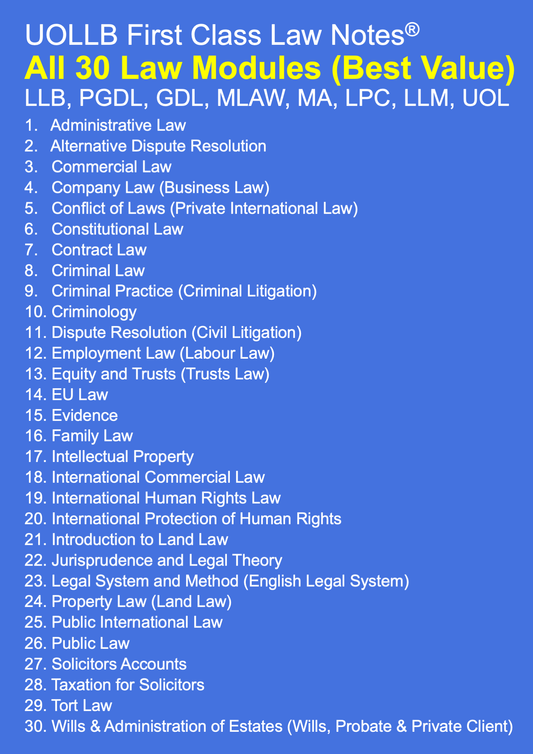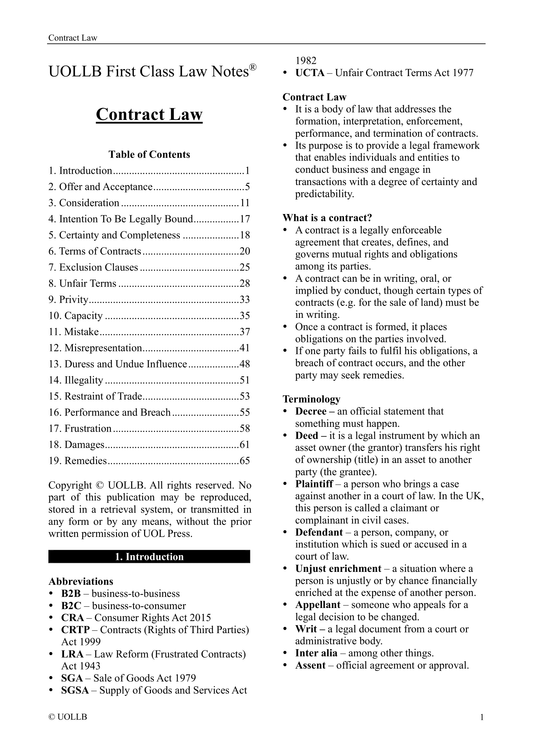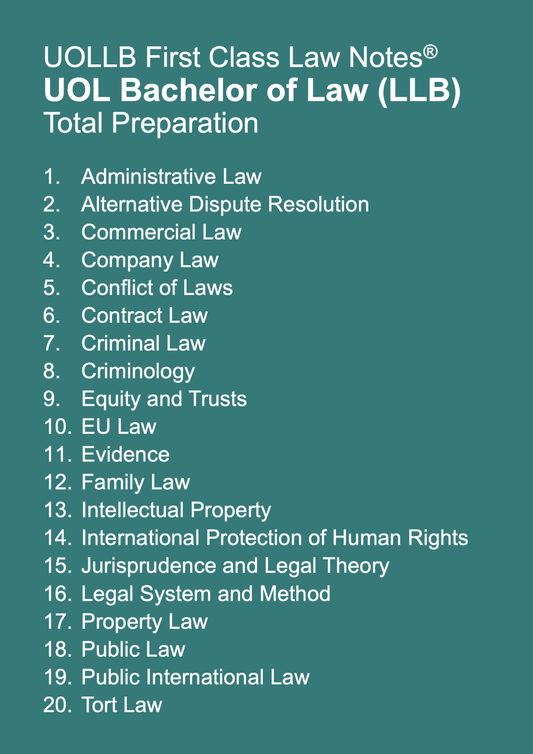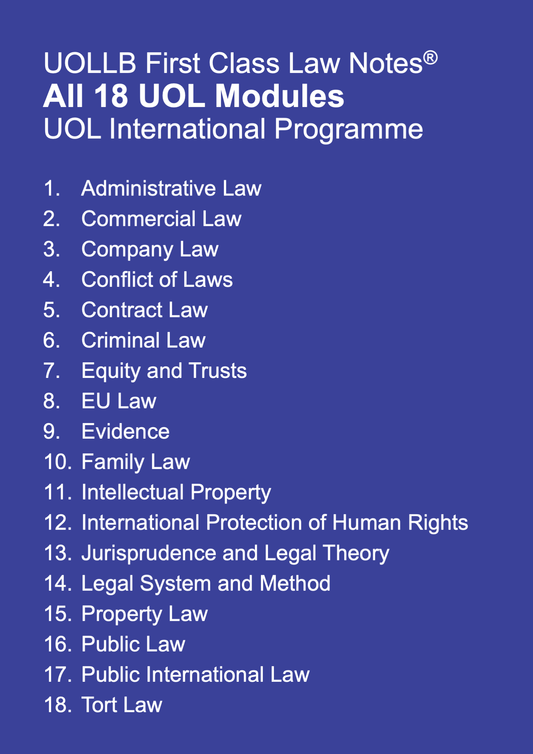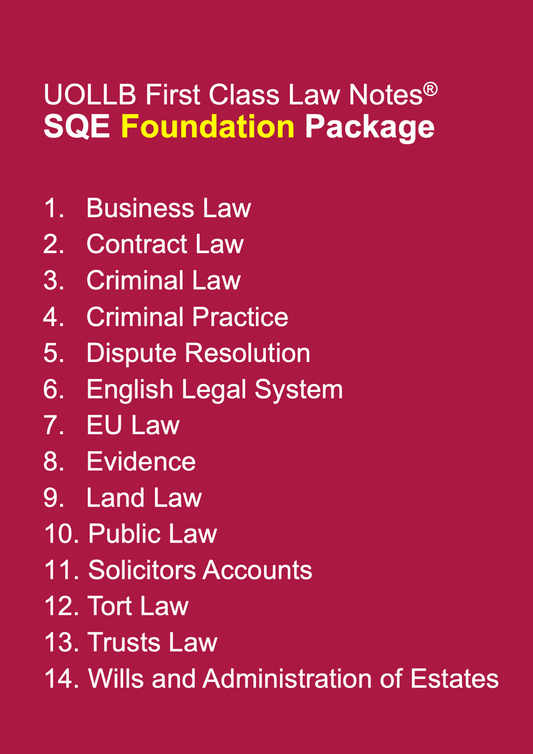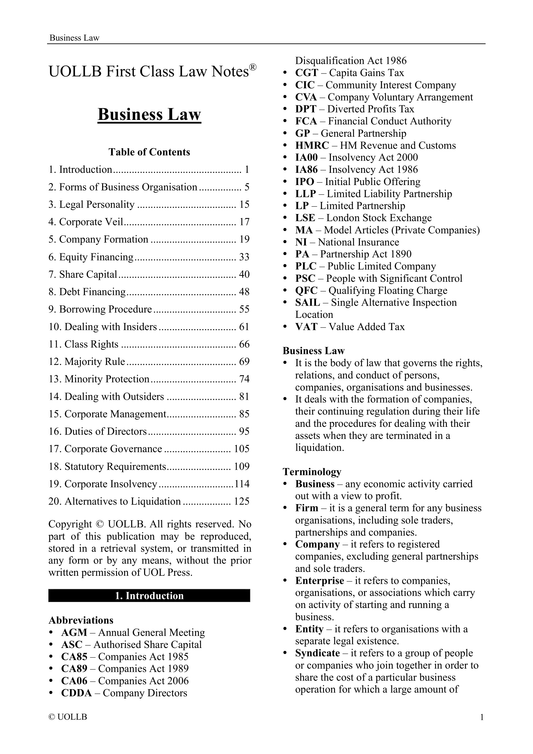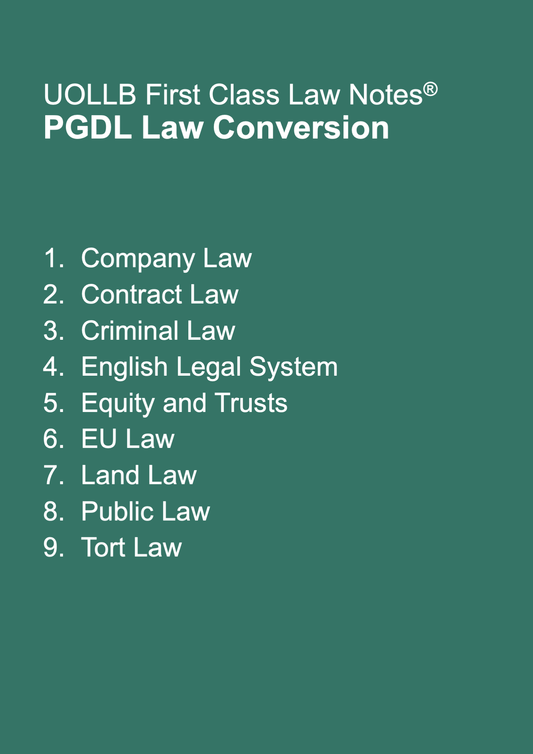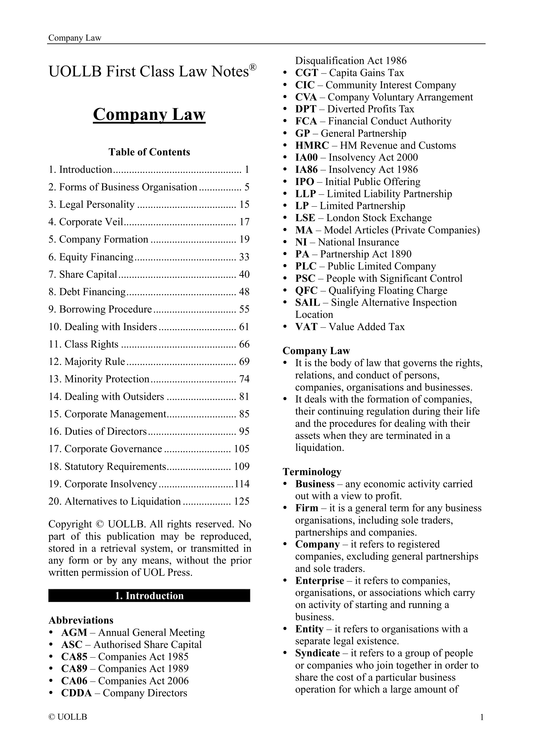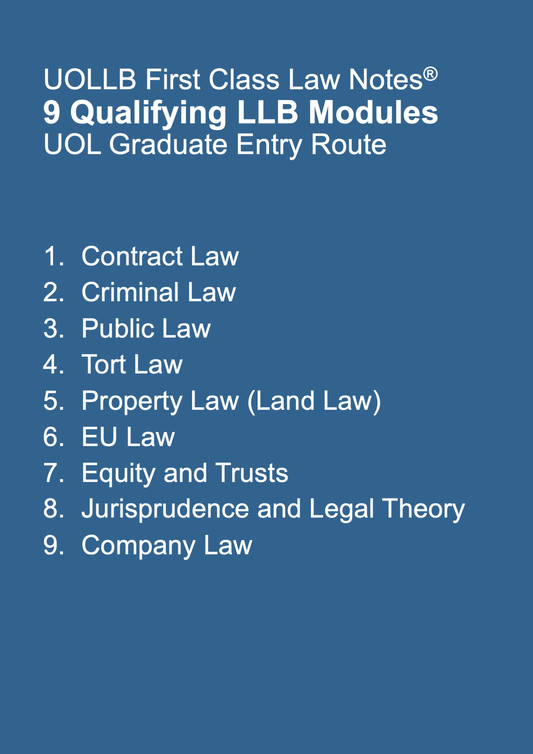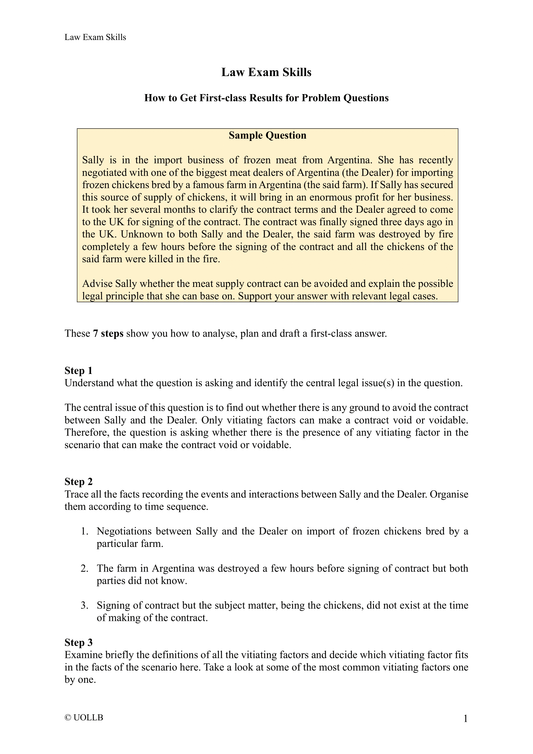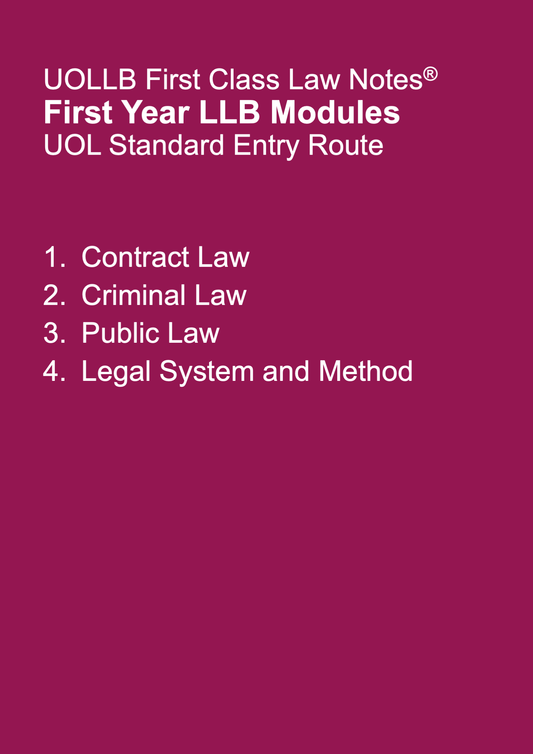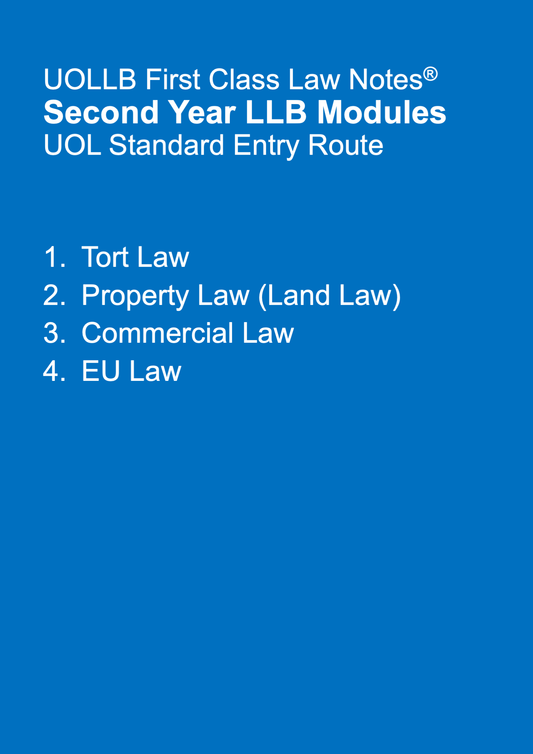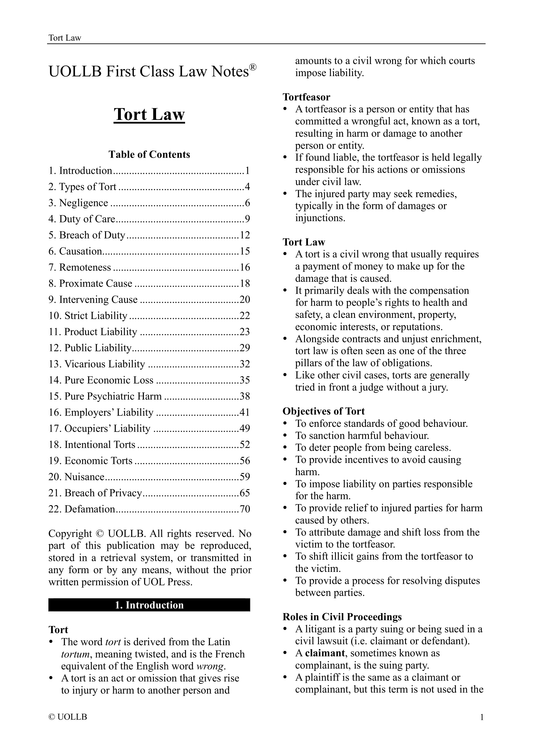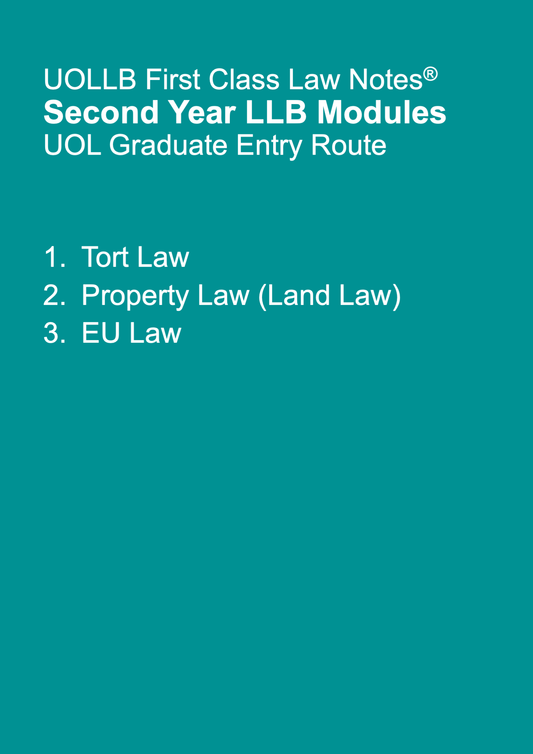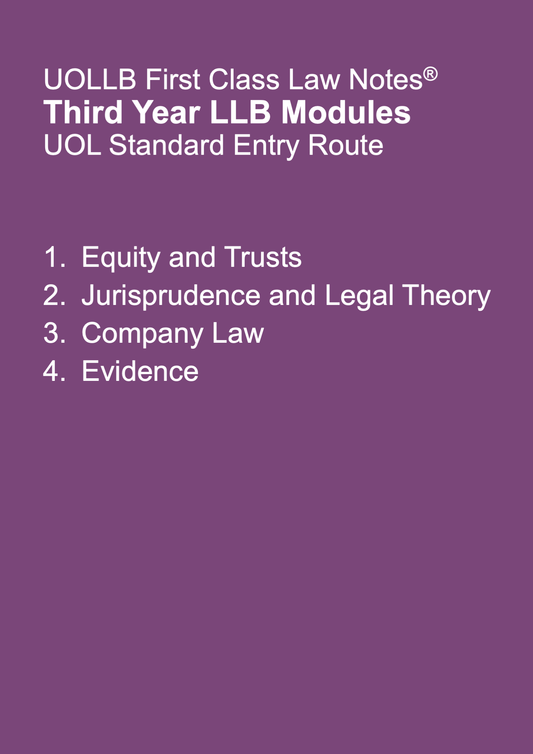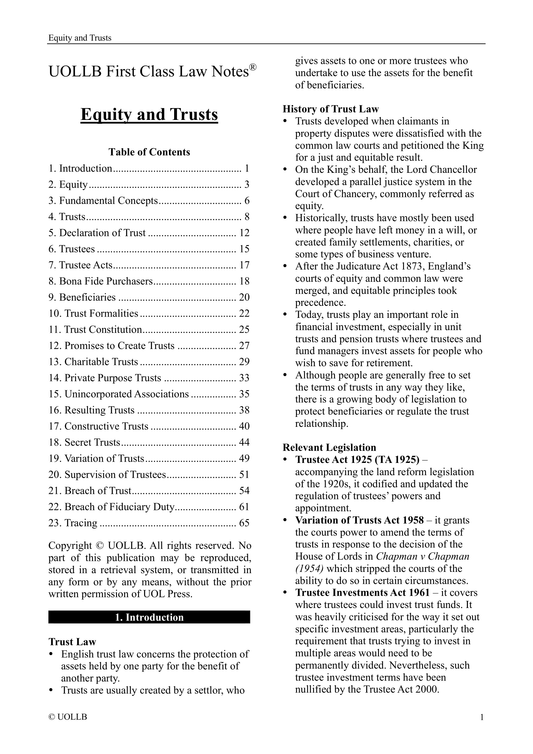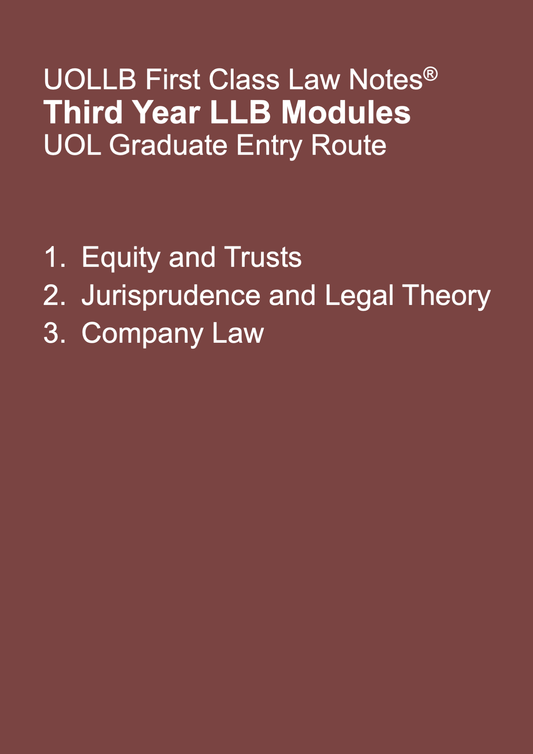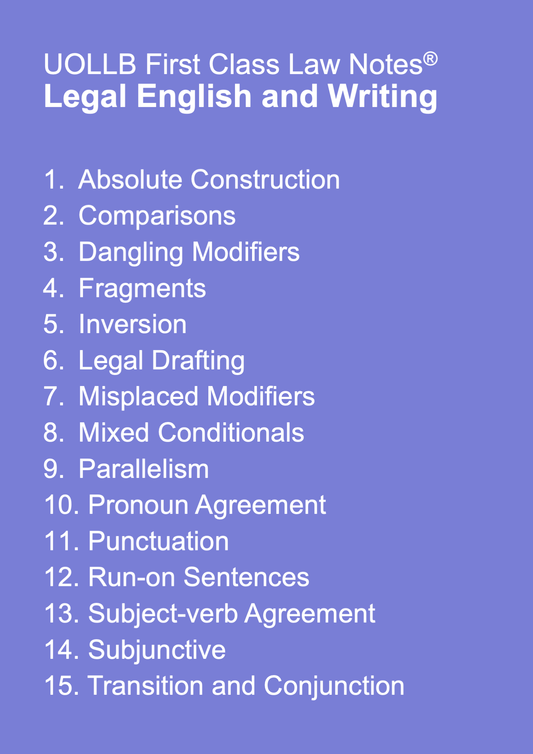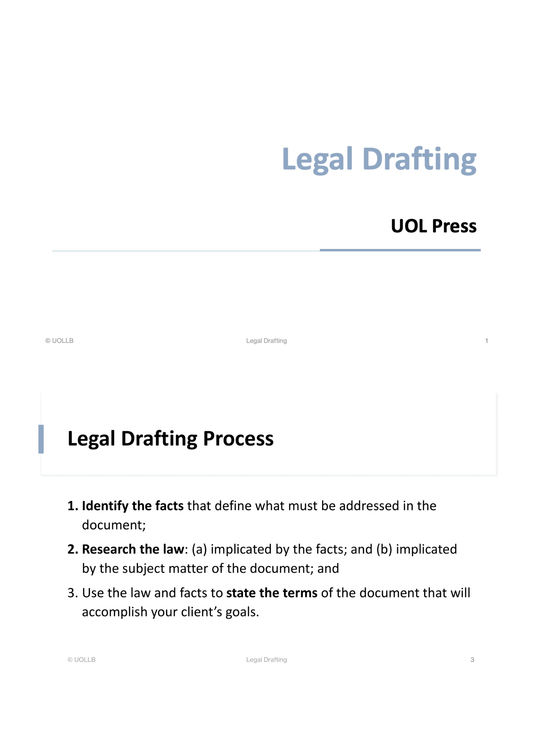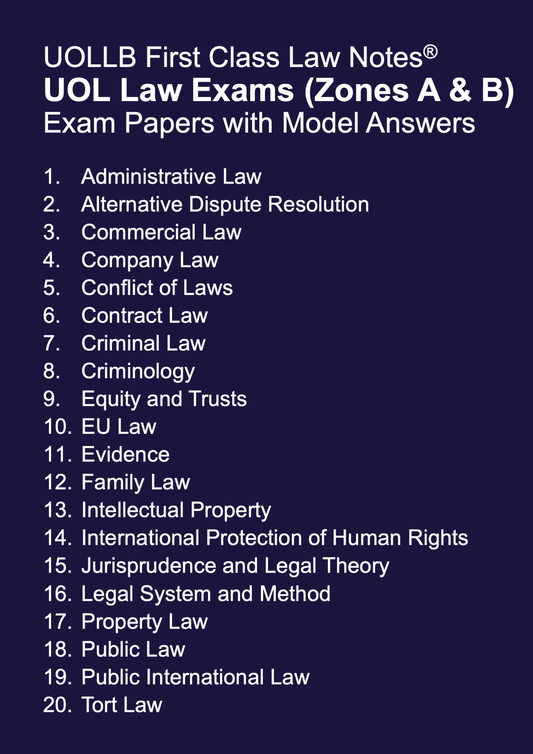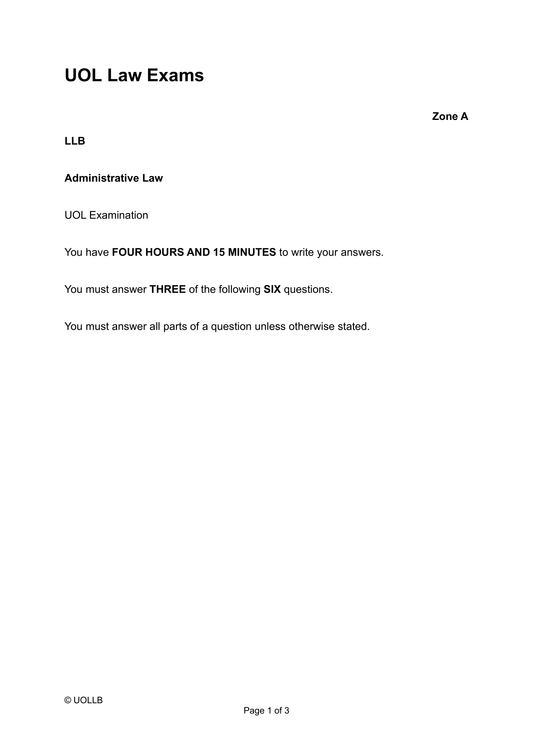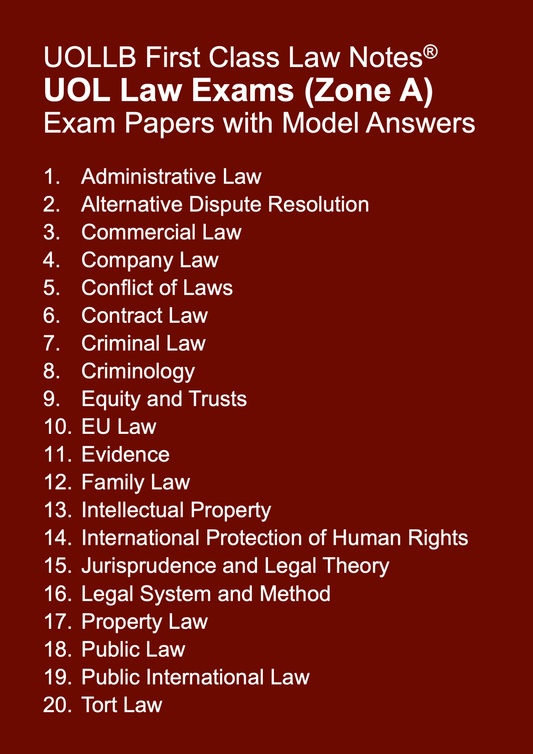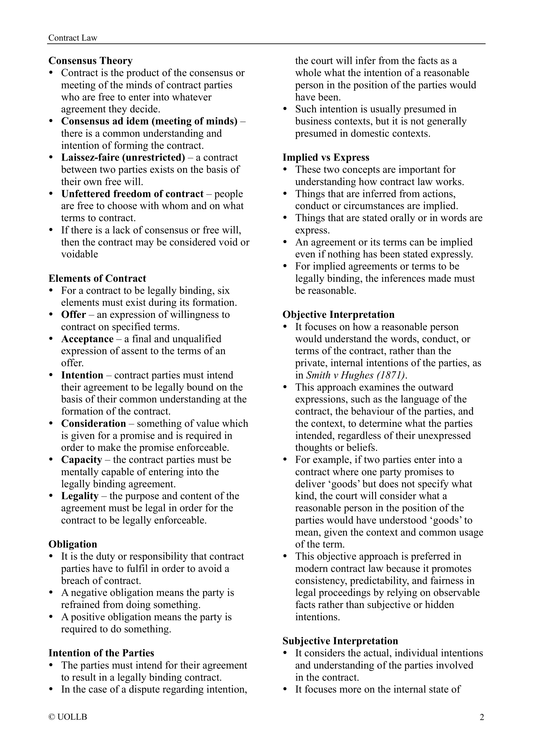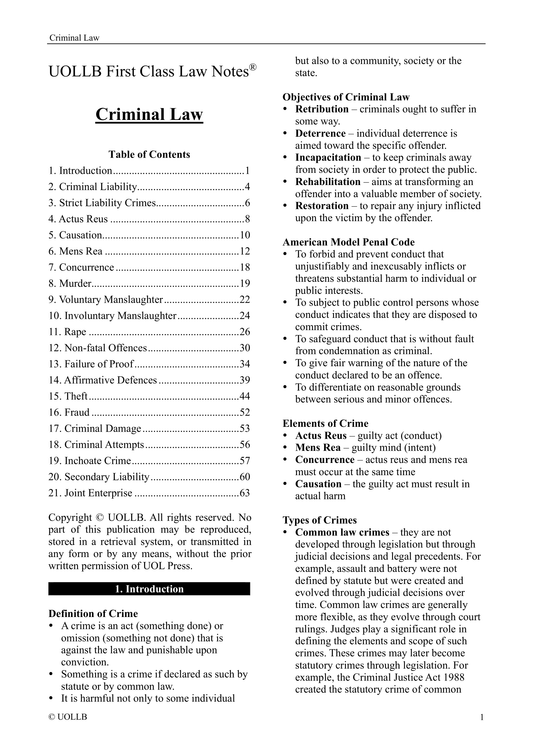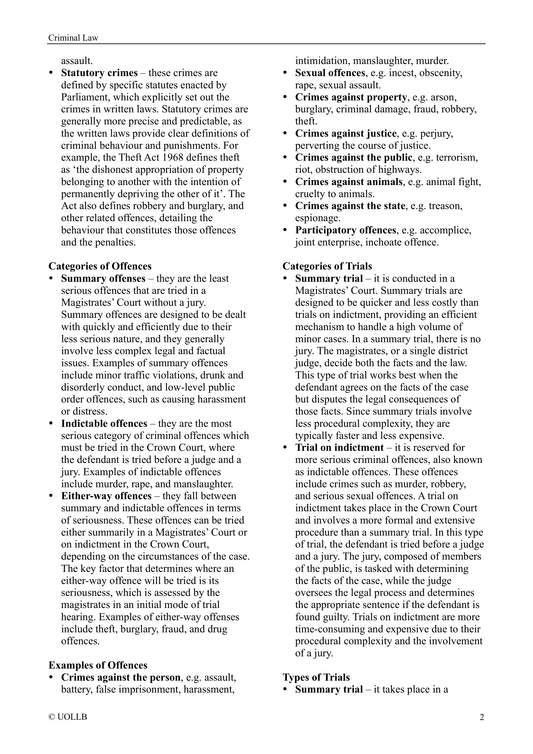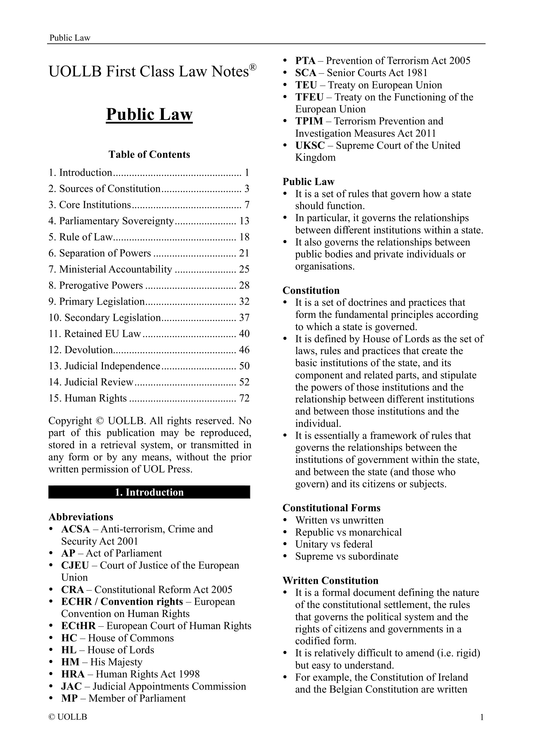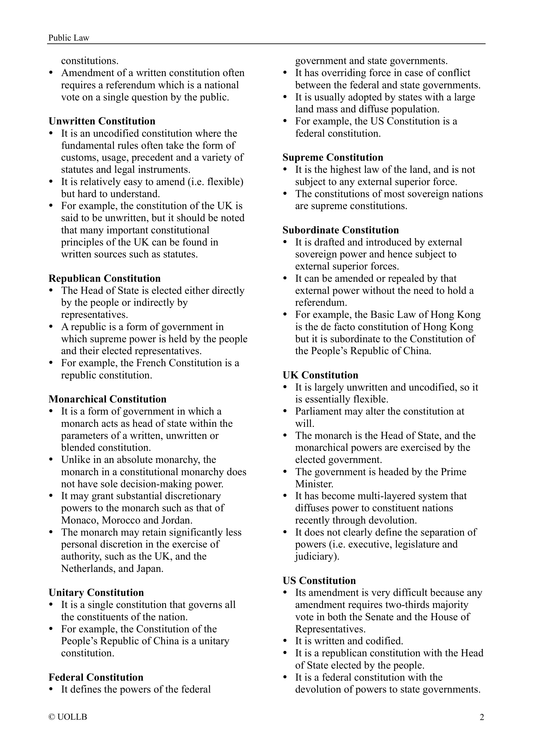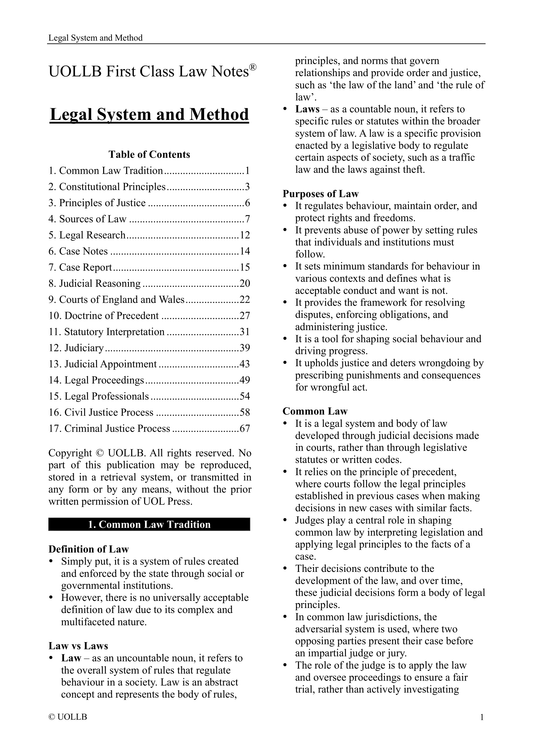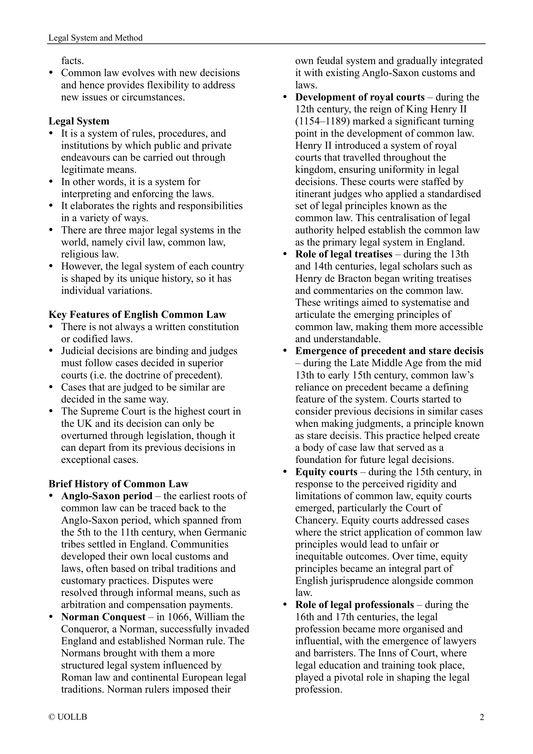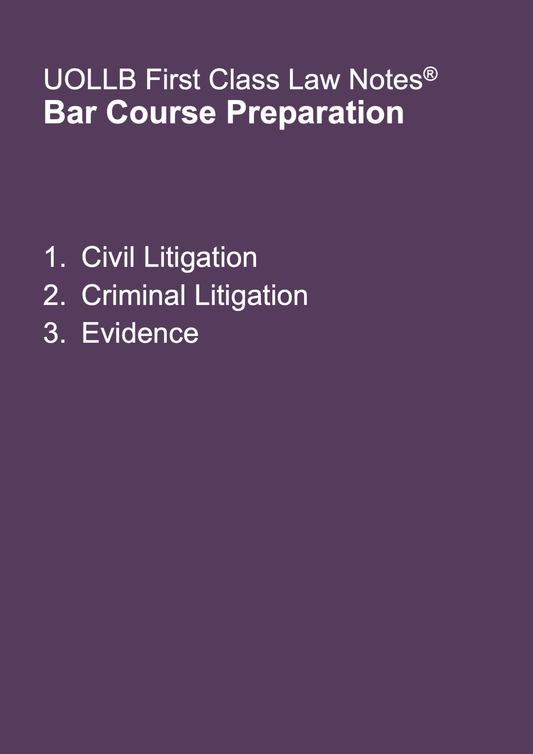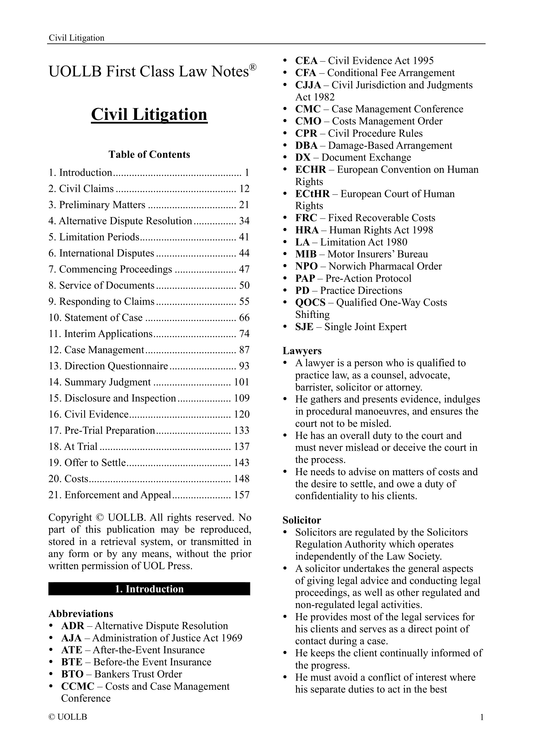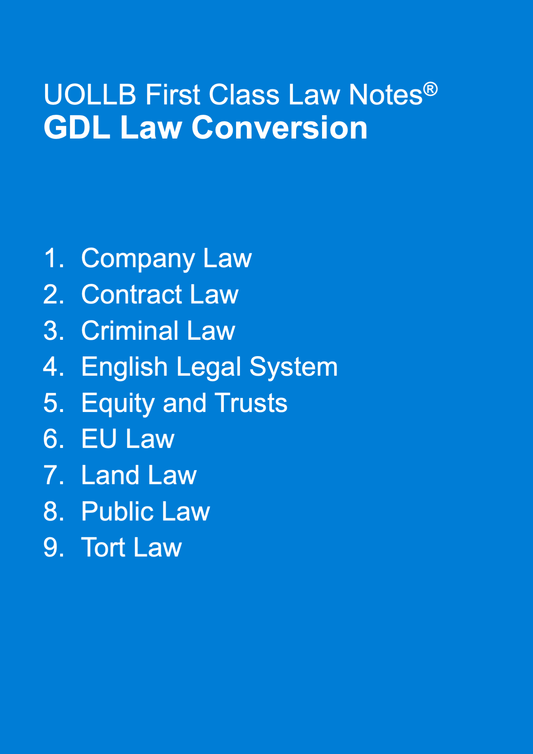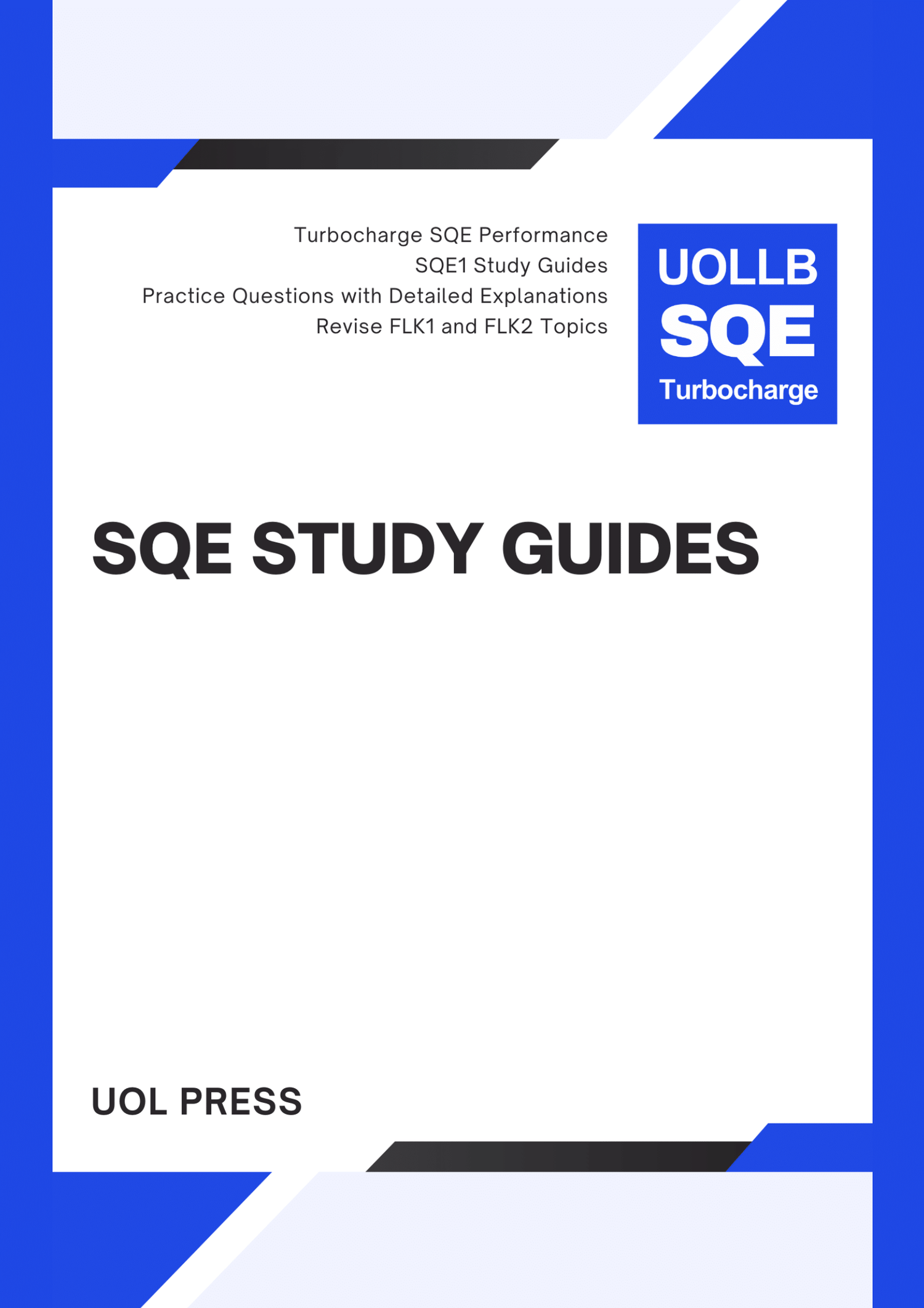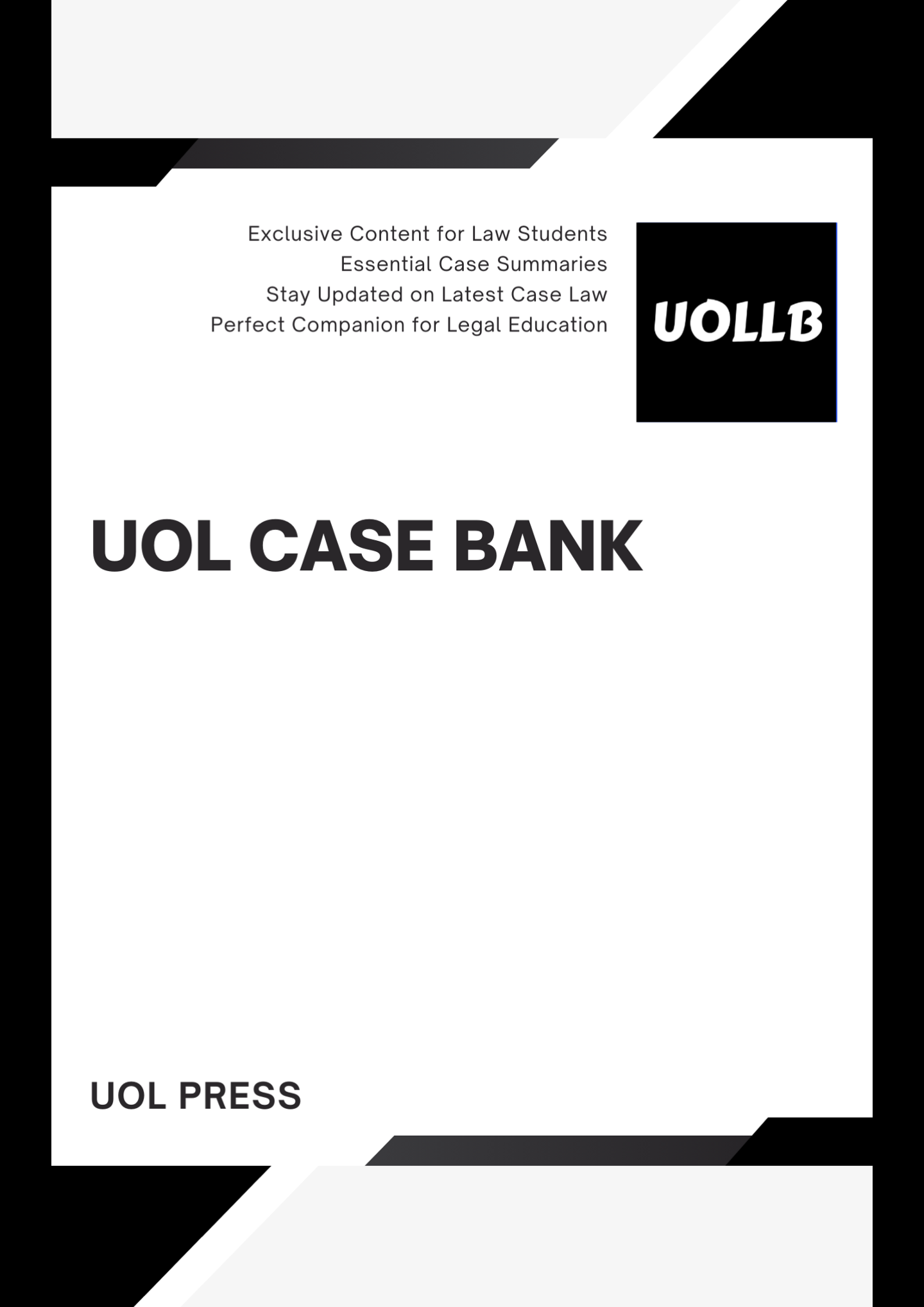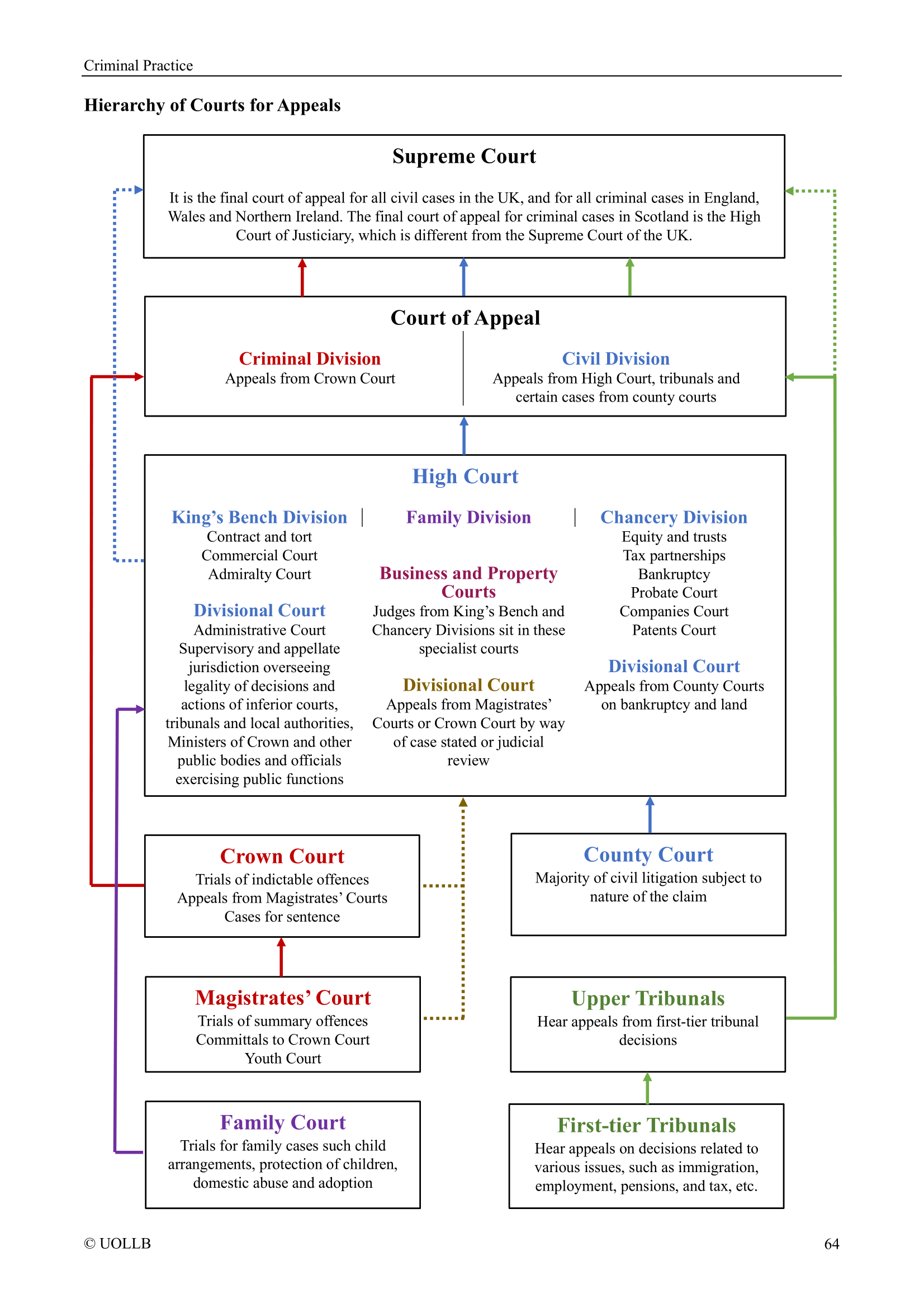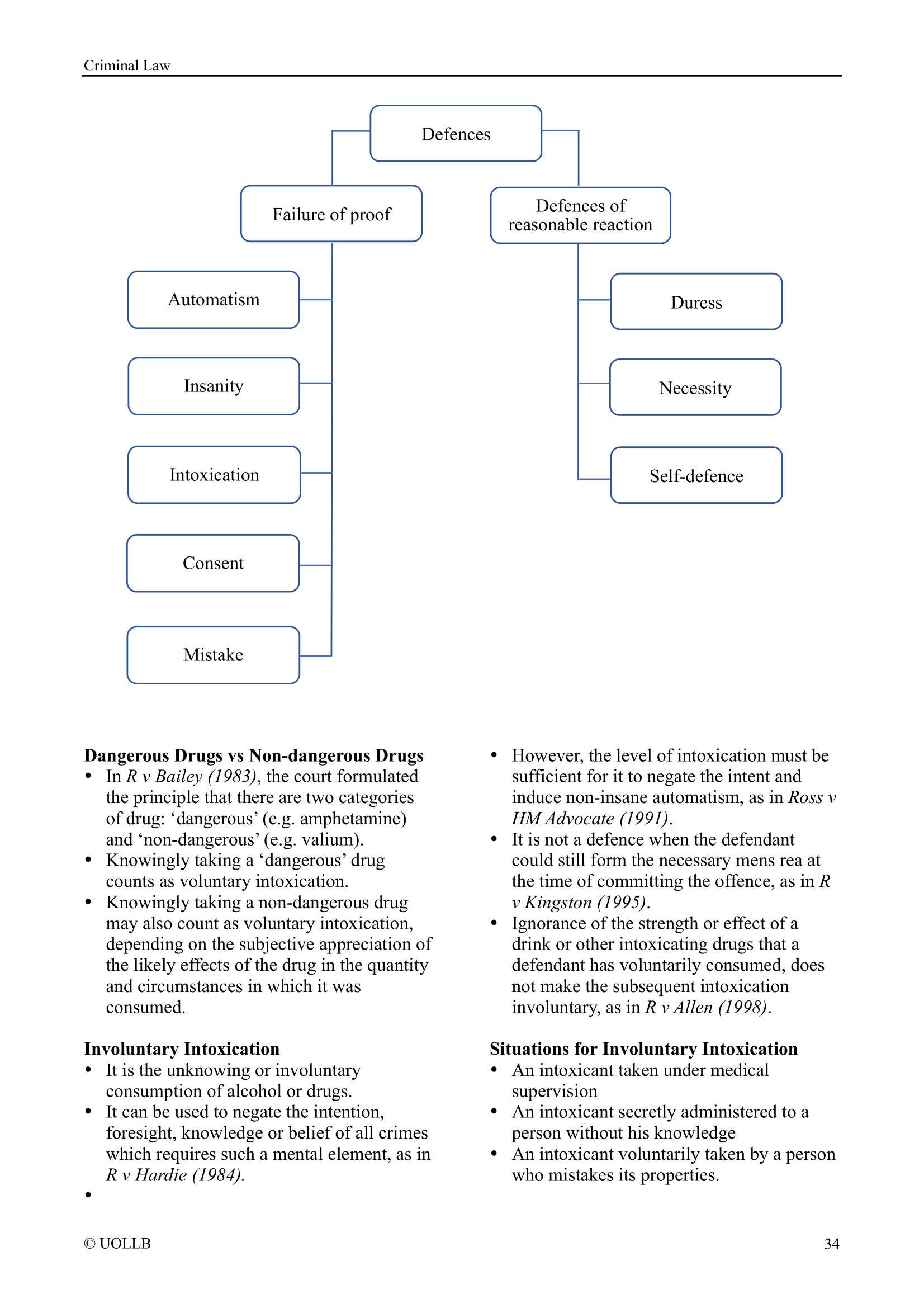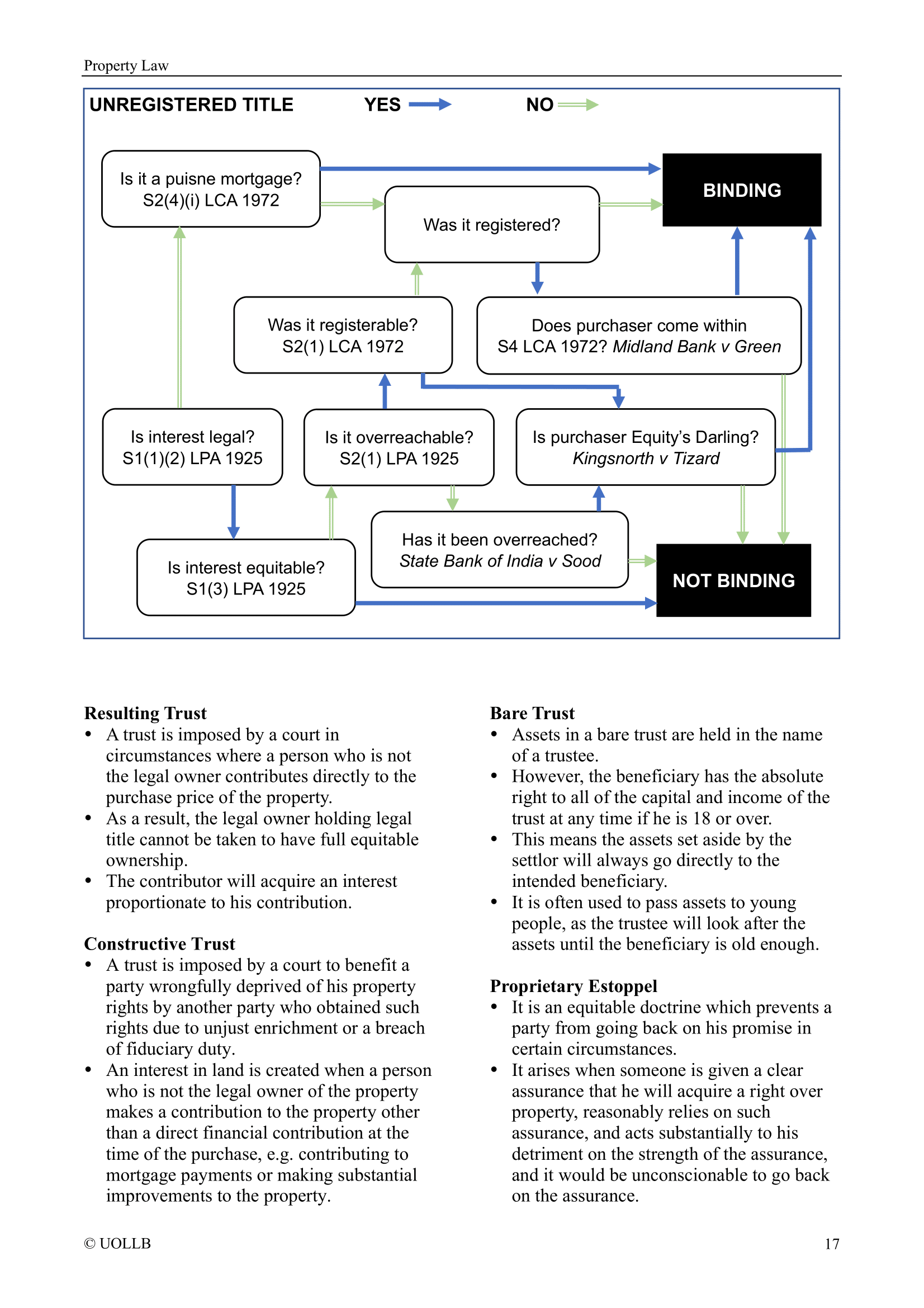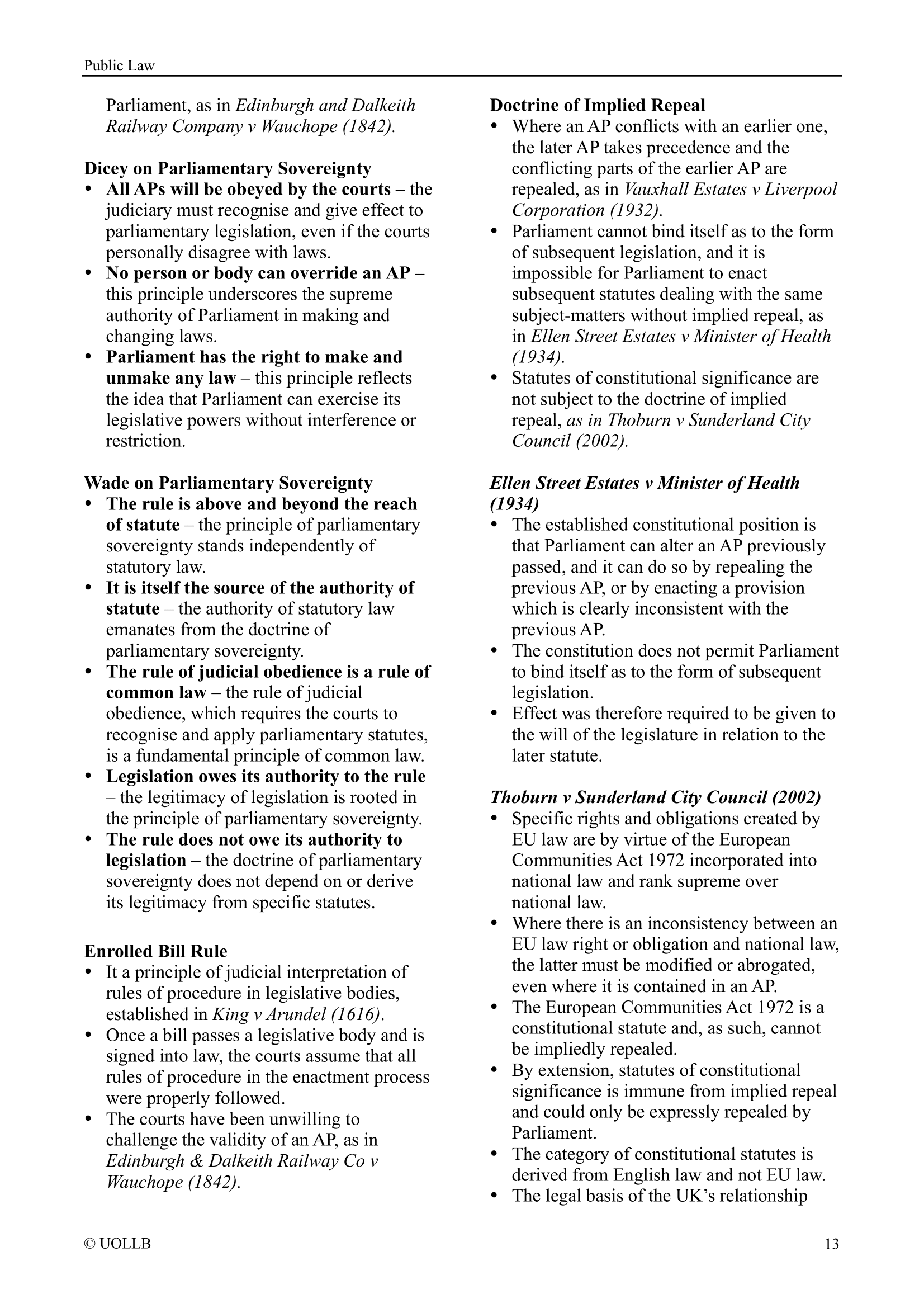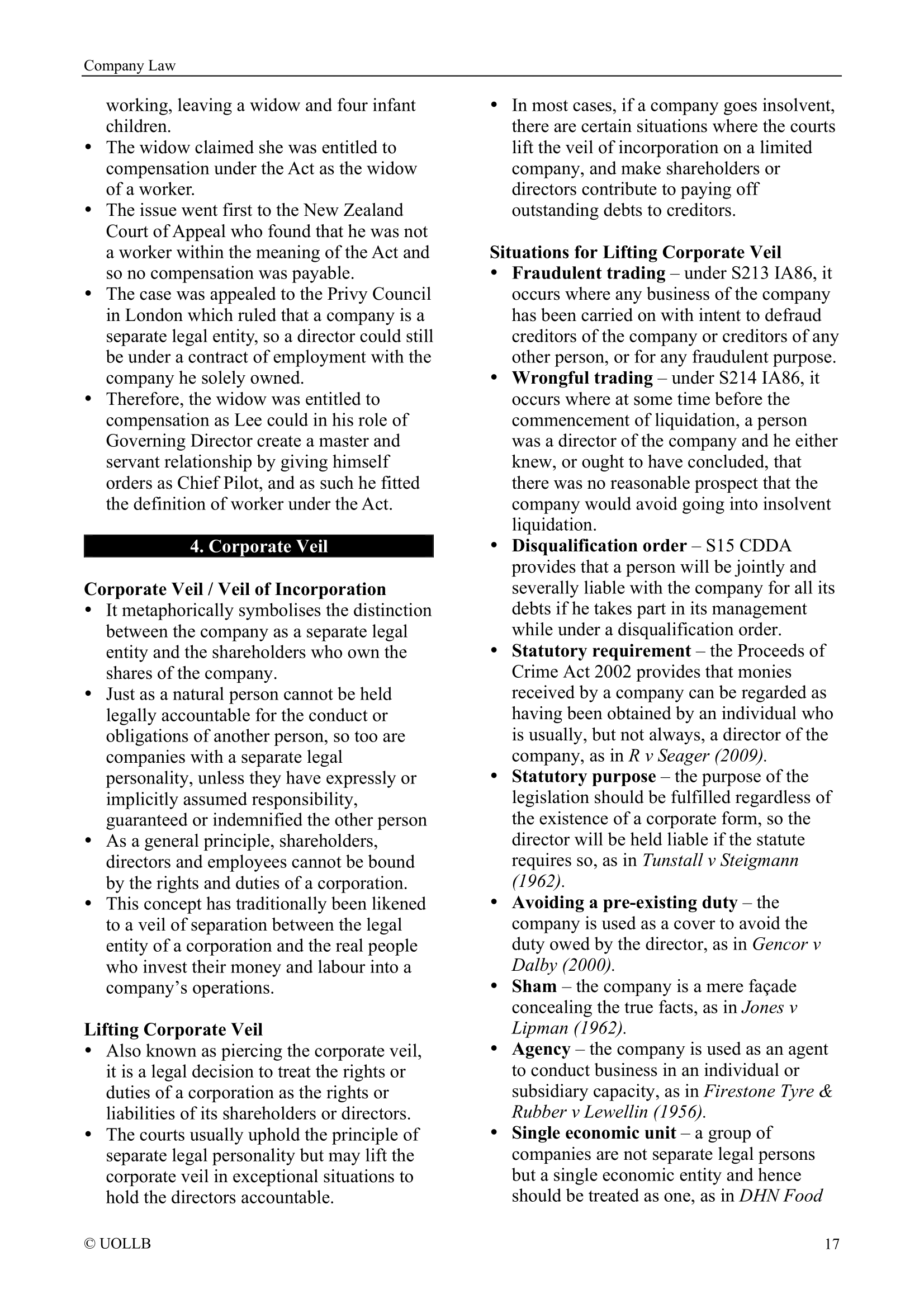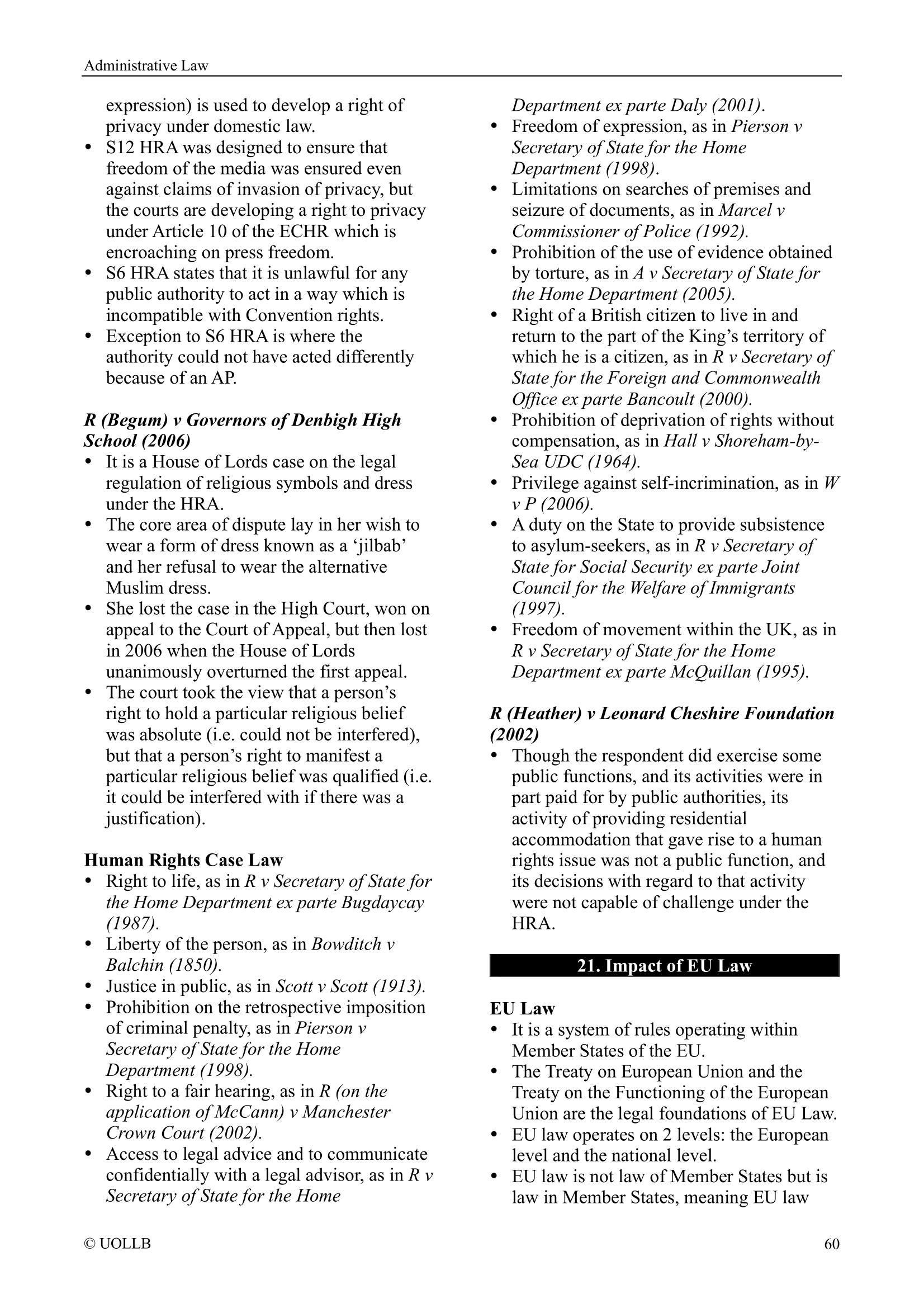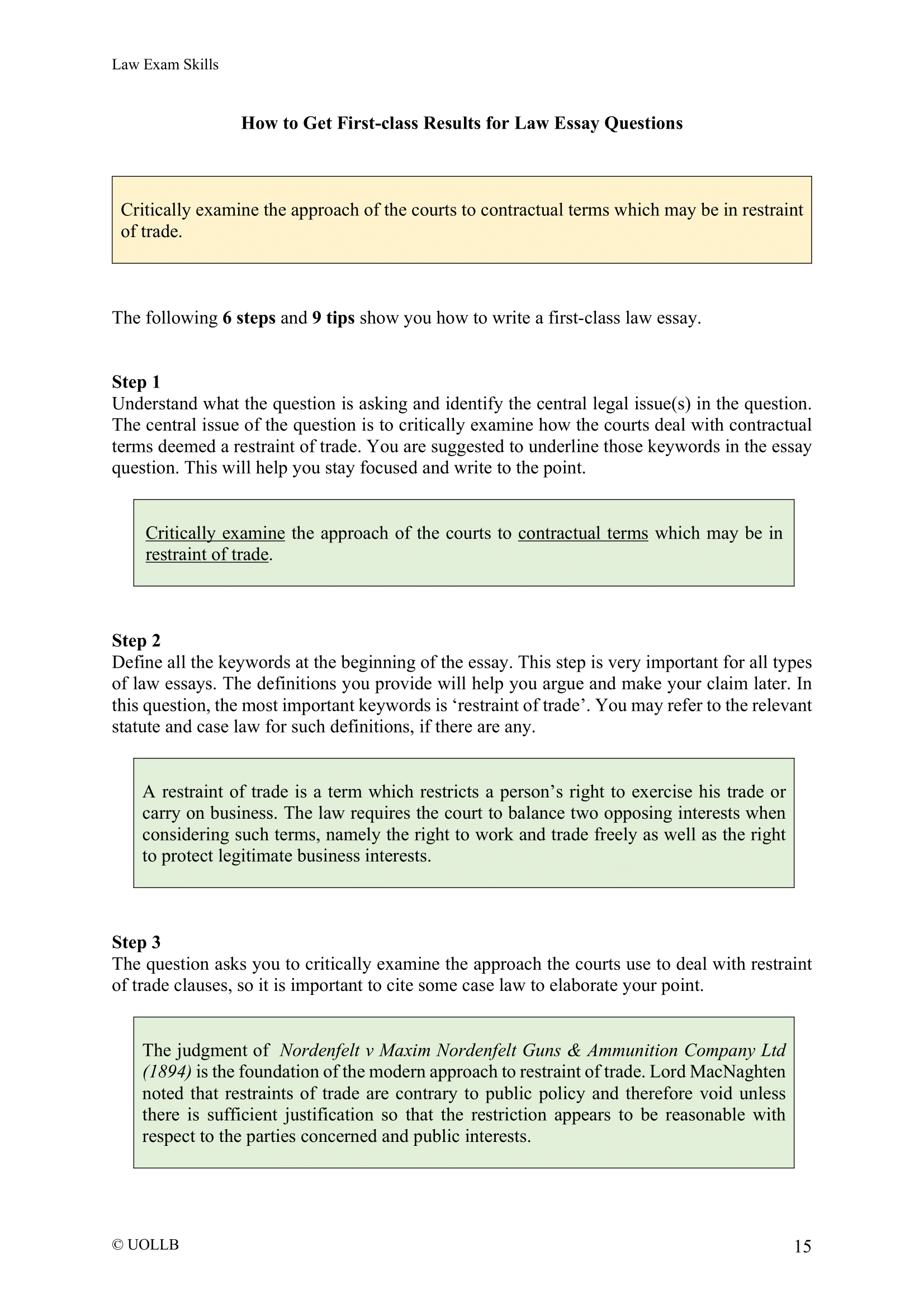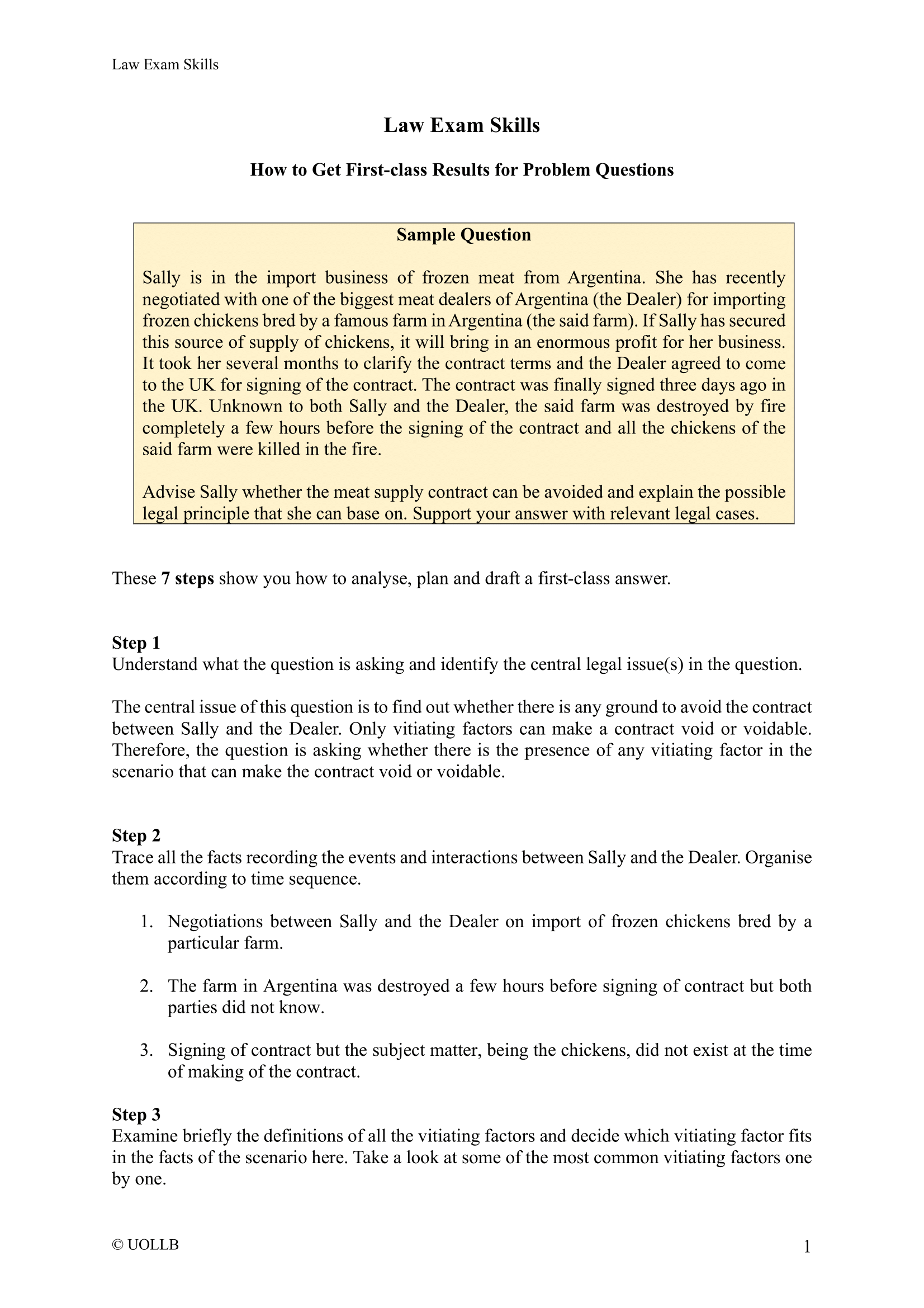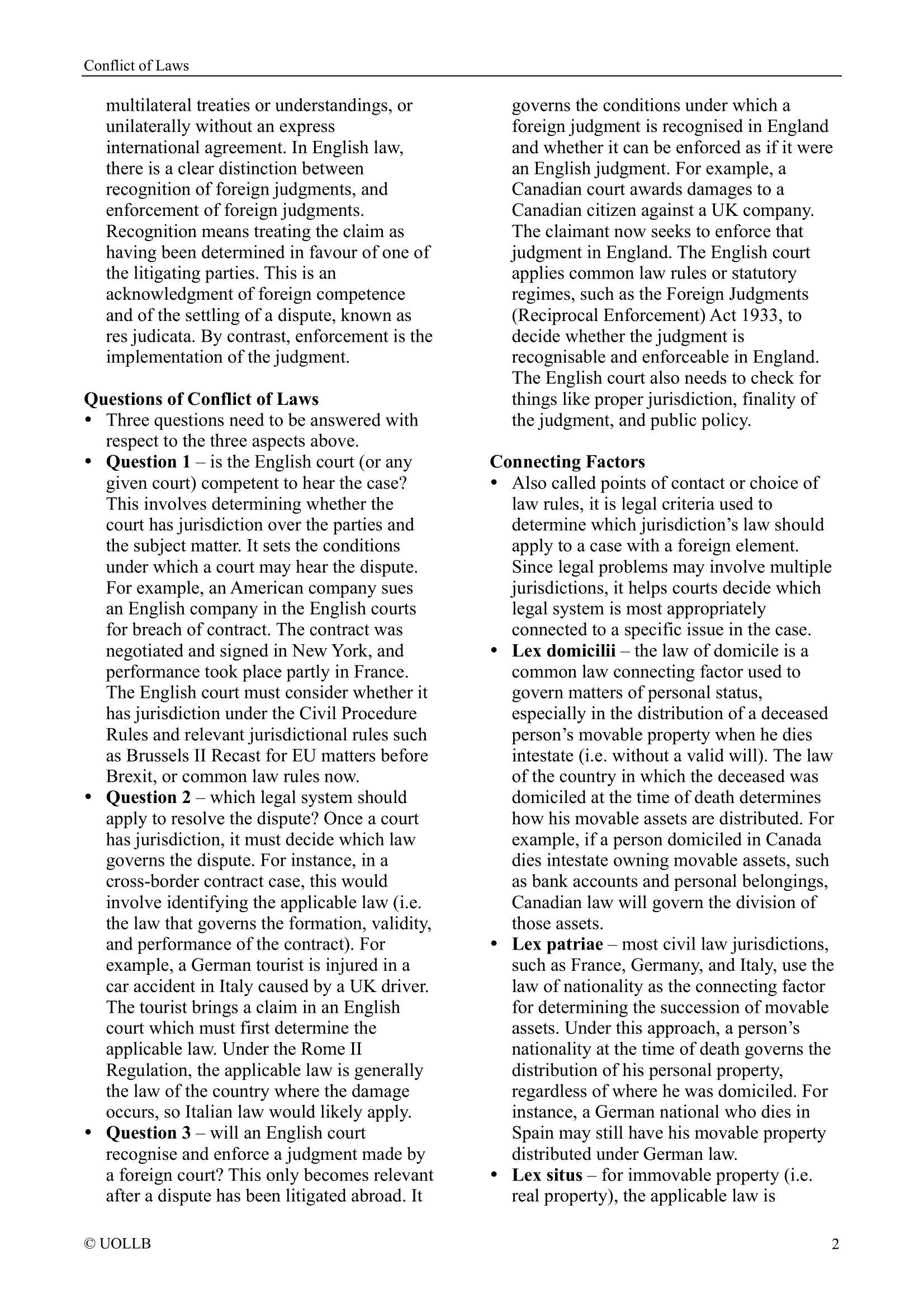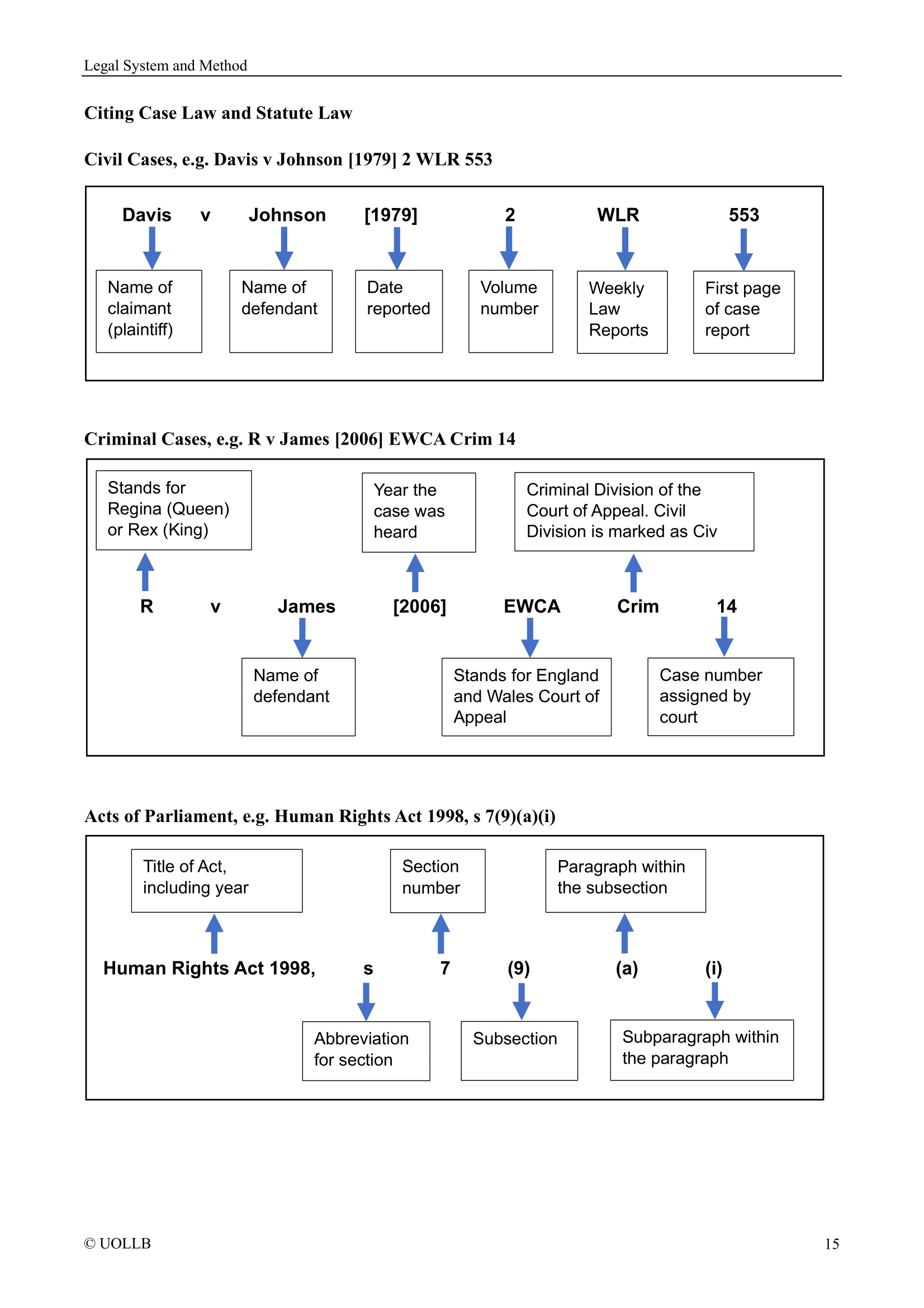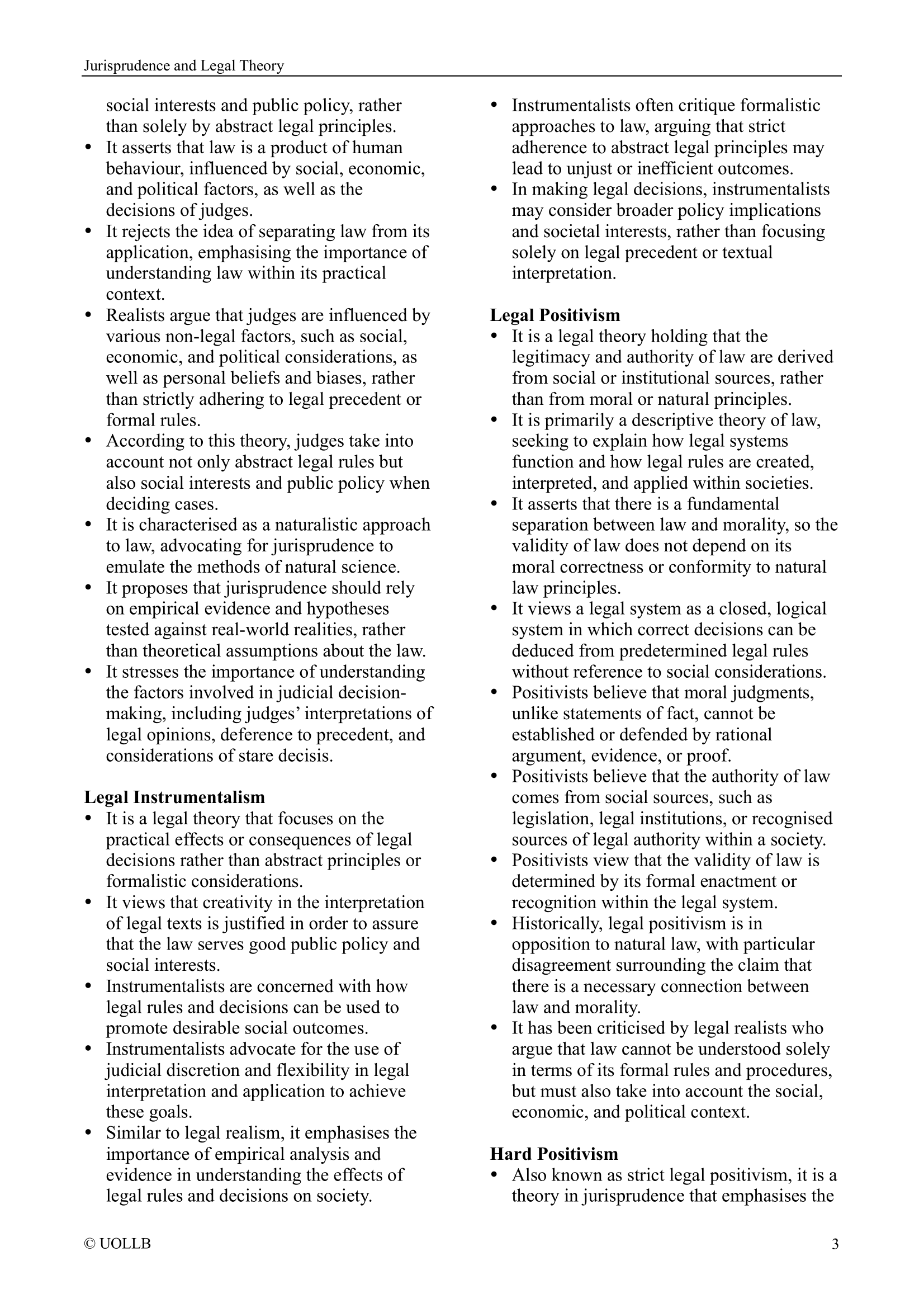Re Resolution to Amend the Constitution [1981]
Share
Re Resolution to Amend the Constitution [1981] 1 SCR 753, also known as the Patriation Reference, holds significant historical importance within the context of the negotiations for the patriation of the Constitution of Canada. This Supreme Court of Canada reference case unfolded as the federal government, led by Prime Minister Pierre Elliot Trudeau, sought to bring the constitution home and sought the United Kingdom Parliament's assistance in amending it. Initially lacking support from several provincial governments, the federal plan aimed to create a domestic amendment formula and entrench the Canadian Charter of Rights and Freedoms.
During the impasse between the federal government and eight opposing provinces, three provincial governments — Newfoundland, Quebec, and Manitoba — referred questions of law to their provincial Courts of Appeal on the constitutionality of the federal government's proposed plan. These reference cases set the stage for a critical legal examination of the constitutional process.
In the Quebec Reference Case, the Court unanimously affirmed that proposed amendments would impact the legislative competence of provincial legislatures. However, the judges were divided on whether the federal government had the authority to make unilateral changes to the constitution.
The Manitoba Reference Case posed questions about the impact of proposed amendments on provincial powers and the existence of constitutional conventions. The Manitoba Court of Appeal ruled that the federal government could act unilaterally.
Similarly, the Newfoundland Reference Case raised questions about the effect of amendments on provincial powers and included an inquiry about amending the Terms of Union without provincial consent. The Newfoundland Court of Appeal ruled against federal unilateral action.
Upon appeals to the Supreme Court of Canada, the Court unanimously acknowledged the impact of proposed changes on the powers, rights, or privileges of the provinces. However, a majority of seven judges determined that the federal government had the legal authority to unilaterally seek an amendment to the constitution without provincial consent.
The Court's decision, the first to be televised live on national television, extended its significance beyond Canada. It highlighted the existence of constitutional conventions but, controversially, the majority argued that it was not the role of the courts to enforce these conventions. The aftermath of the case, as detailed by historian Frédéric Bastien, introduced elements of controversy and raised questions about the legitimacy and independence of the judiciary during the Patriation Reference.
